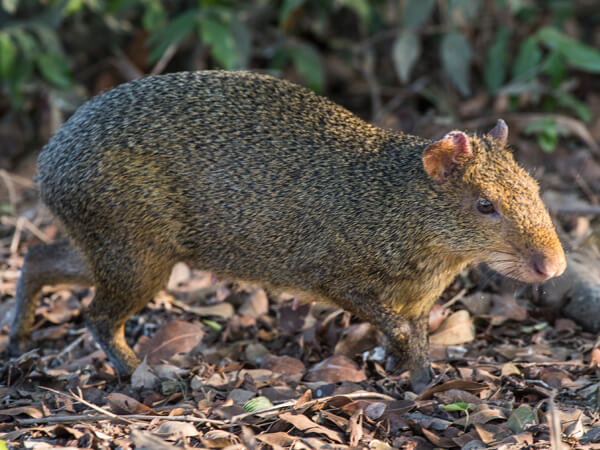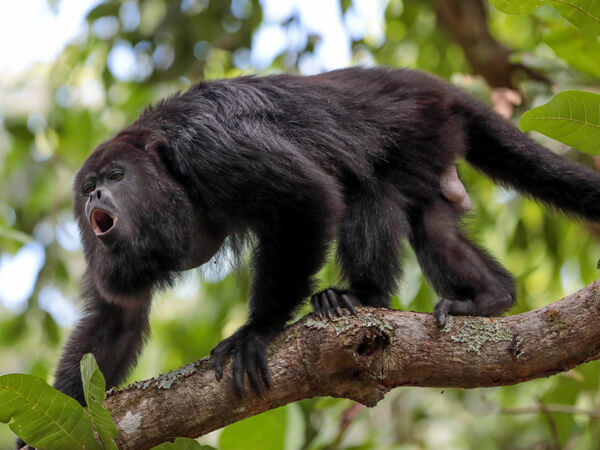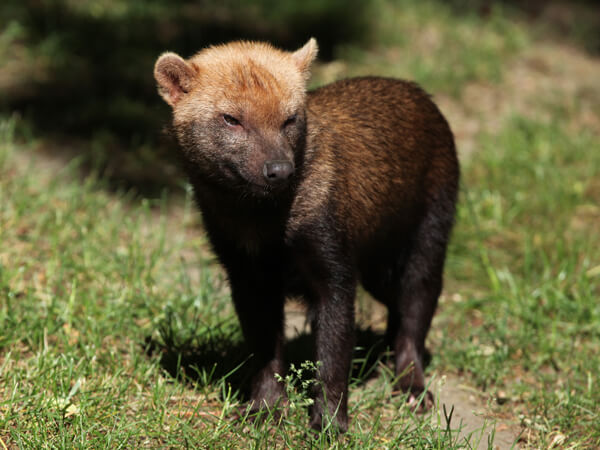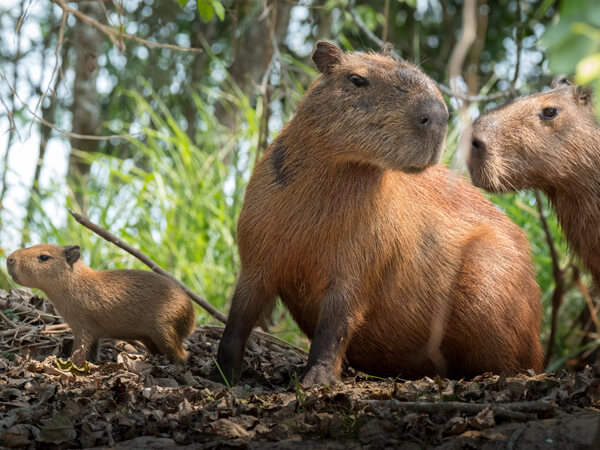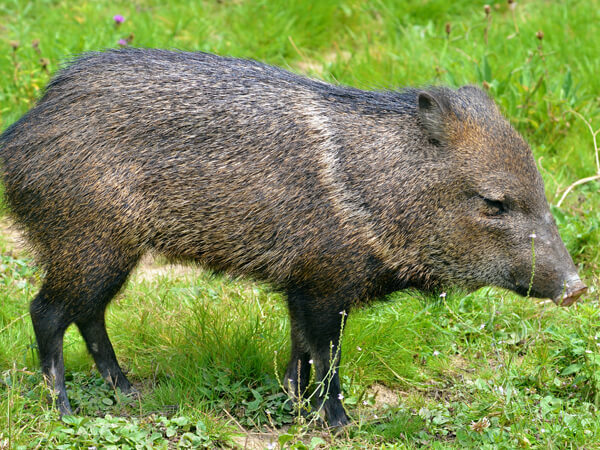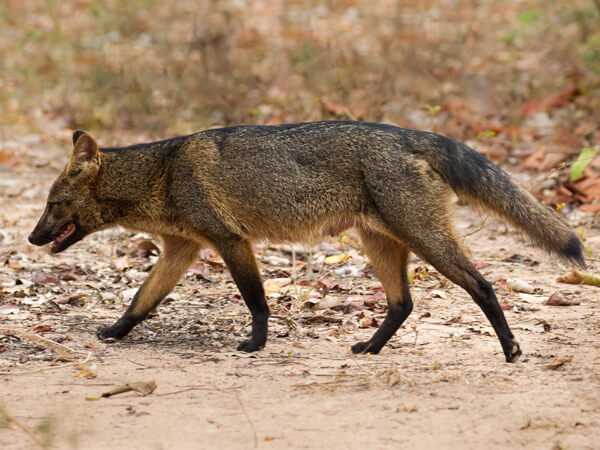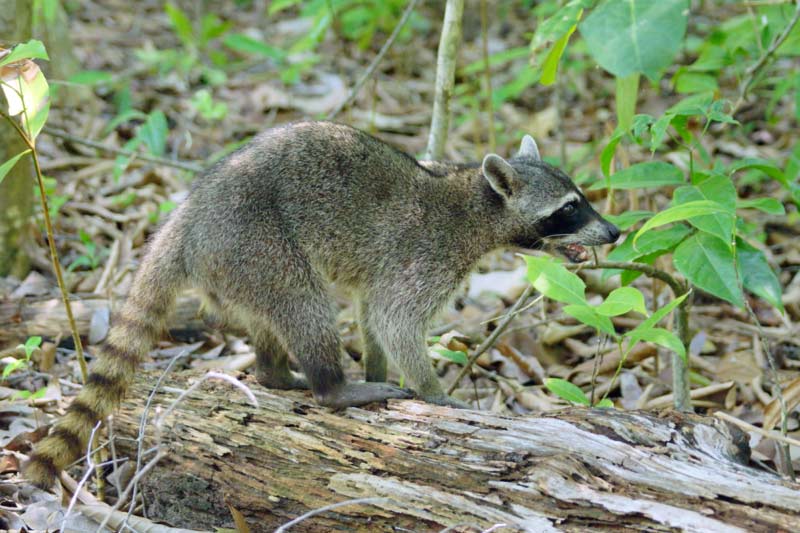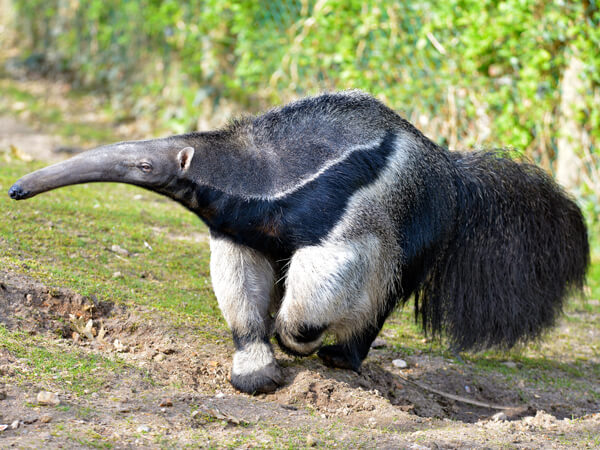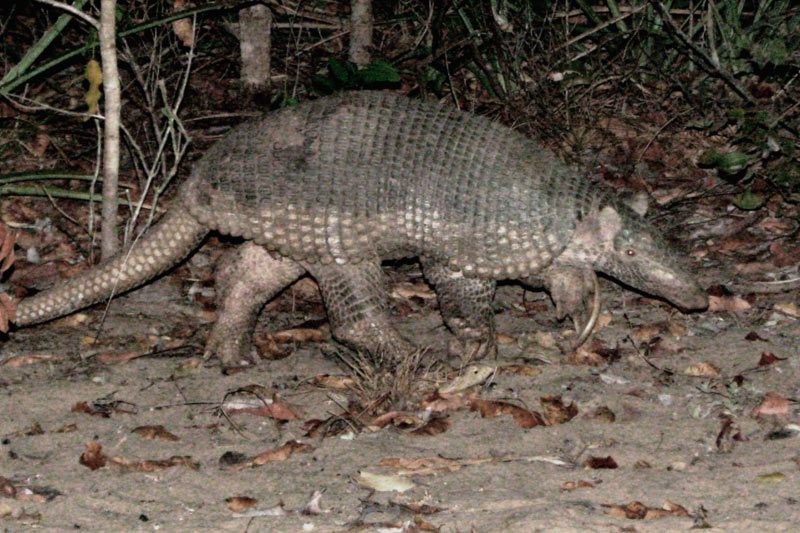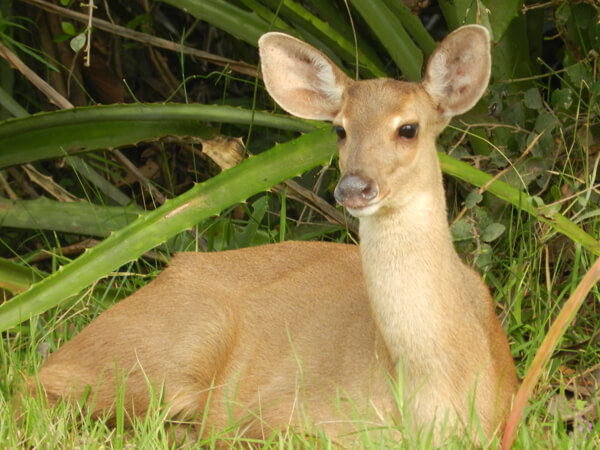Recent studies indicate that more than one species of this genus exists in Brazil. What was known as Sylvilagus brasiliensis is actually a complex of species and subspecies that need more studies to be understood.
Conservation Status - IUCN
Taxonomy
Class: Mammalia
Order: Lagomorpha
Family: Leporidae
Genre: Sylvilagus
Species: Sylvilagus sp.
Common name: Tapeti, Brazilian cottontail, forest cottontail
Geographic Range
Ruedas, L.A., Silva, S.M., French, J.H.,Platt II, R.N., Salazar–Bravo, J., Mora, J.M., and Thompson, C.W. 2017. A prolegomenon to the systematics of South American cottontail Rabbits (Mammalia, Lagomorpha, Leporidae: Sylvilagus): Designation of a neotype for S. brasiliensis (Linnaeus, 1758), and restoration of S. andinus (Thomas, 1897) and S. tapetillus Thomas, 1913. Miscellaneous Publications, Museum of Zoology, University of Michigan. 205: 1-67.
Click to enlarge - Source: Ruedas, L.A., Silva et al. (2017): IUCN
Click to learn more
They serve as food for several species in the trophic chain, such as pumas, ocelots, and certain snakes, as well as other animals. For this reason, the tapeti has learned the habit of living silently and discreetly.
Distribution
The tapeti is found from Mexico to southern South America, with the exception of one part of the Amazon. In Brazil, it is present in all biomes, distributed throughout much of the Brazilian territory.
Features
The tapeti measures between 21 and 40 centimeters in body length and may weigh up to 1.2 kilograms. It has small ears, a coat of yellowish-brown, darker in the dorsal region and lighter in the ventral region; the lumbar region is brown and speckled.
Behavior
Habits are mostly nocturnal and solitary, so the tapeti is more active after dusk and just before dawn. During the day the animal prefers to stay hidden in shelters, under rocks, inside hollow trunks, in piles of leaves, or in holes.
Food
The tapeti is an herbivorous animal with a diet based on fruits, sprouts and vegetable stalks.
Reproduction
The gestation period lasts between 28 and 44 days, with the female tapeti giving birth to between one and six cubs. Nests – where they raise their young – are made of dried leaves or grass, with their own hair lining the inside. Cubs start to leave the nest around 15 days after their birth.
Conservation
The tapeti is considered “of little concern” by the national lists of both the ICMBio and the IUCN.



